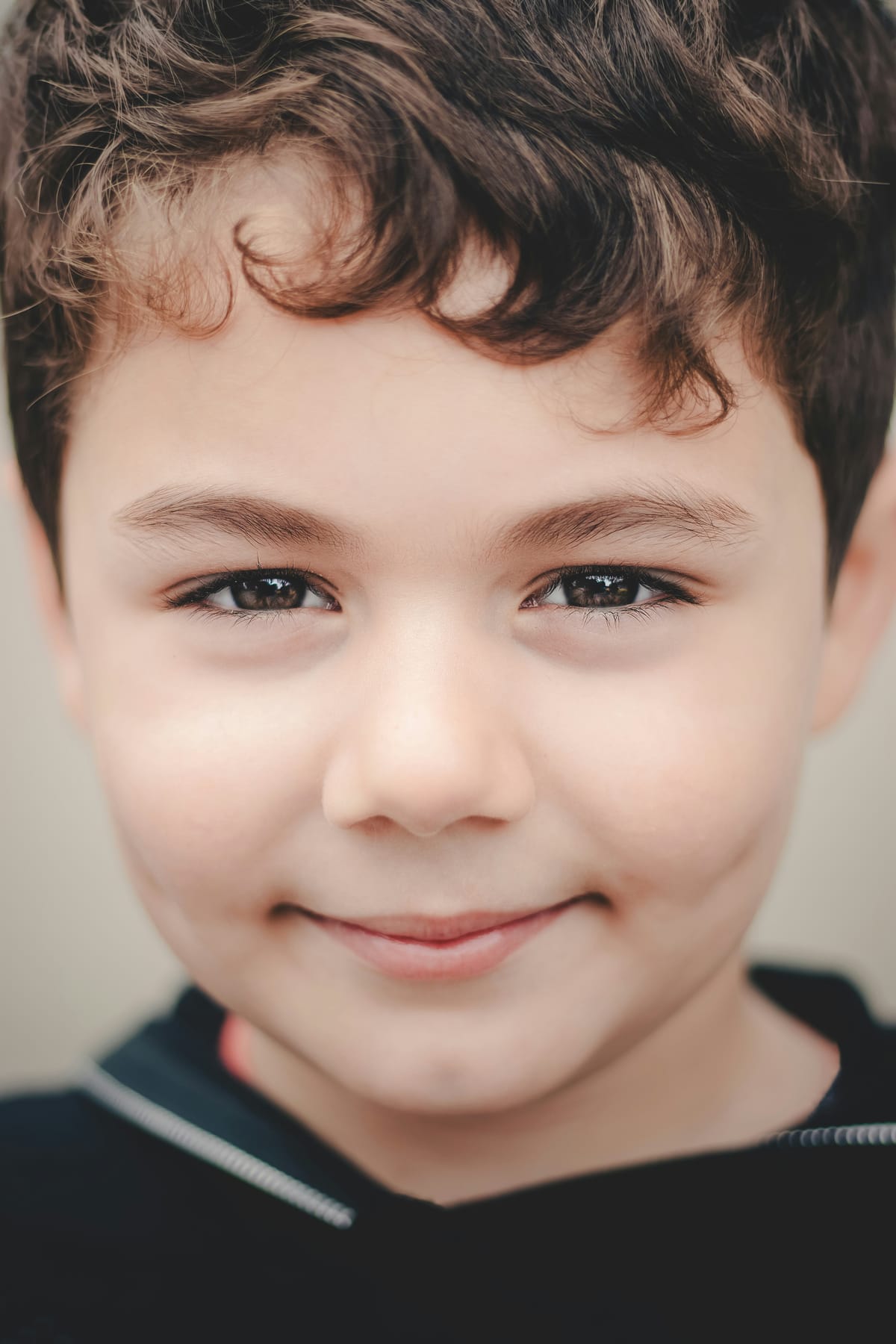Alexander’s Breakthrough

A couple of years ago, I remember I used to see Alexander (Xander), who was ten years old at that time, an autistic boy with an endless supply of energy and an exceptional knack for recreating entire scenes from his favourite cartoons. For months, his parents had been trying to help him move beyond the repetitive, compulsive use of cartoon-inspired phrases that dominated his conversations—or rather, replaced them. That’s how he ended up in the OT clinic, where I first met him.
At first, Xander was guarded. His bright blue eyes were constantly darting around, as if searching for something familiar to latch onto, while his lips moved almost non-stop with cartoon dialogues. I decided we’d take it one step at a time. Over the next year, we built a connection, a bridge from his world to mine. And eventually, his world started to expand.

One day, I brought in a small recording device. “Xander,” I said with a smile, “we’re going to make a movie today!” His eyes lit up, though he didn’t reply in words. Instead, he launched into a line from his favorite show: “C’mon, Scooby, we gotta solve the mystery!”
I hit record and gently guided him through a series of silly scenes. “Now, you be the detective, and I’ll be the ghost,” I suggested. Soon, the room was filled with his voice—confident, animated, and full of life. After we finished, I played the recording back.
Xander froze. His head tilted to one side, and his lips stopped moving. Hearing his own voice had broken the loop of self-talk that he often got lost in. For the first time in that session, he looked straight at me, really looked.
“That’s me,” he whispered, more to himself than anyone else.
“Yes, it is,” I said softly. “Now, let’s solve the mystery together.”

Over time, I paired sensory and motor tasks with our sessions, carefully calibrated to be a “just-right” challenge. We built obstacle courses, made towers out of blocks while balancing on a wobble board, and even tossed beanbags into a colorful parachute.
“Xander, your turn!” I’d call out, holding up the next beanbag.
He’d freeze mid-dialogue, focusing on the task at hand. The activities demanded his full attention, leaving little room for him to retreat into repetitive language. His movements grew more coordinated, his confidence blossomed, and most importantly, he stayed present with me.

During these activities, I found ways to weave his favourite phrases into new contexts.
“C’mon Daddy!” he’d shout, mimicking a cartoon character.
I’d gently respond, “C’mon, give me Daddy’s hand!” holding out my own.
“Quick, Daddy!”
“Yes, quick, let’s finish building this tower!” I’d add another block, encouraging him to do the same. Gradually, we stretched his phrases into longer, more functional sentences:
“C’mon Daddy” became “Quick, Daddy, help me!”
Eventually, I introduced new words, embedding them seamlessly into his familiar rhythm: “Quick, Daddy, give me a ring!” Xander would pause, process, and then try the phrase, his smile growing wider each time he succeeded.
After a year of consistent effort, Xander’s progress was undeniable. While he still loved cartoons, they no longer dictated his conversations. His words carried his own thoughts, his own feelings, and he shared them with me and others around him.
One day, as we wrapped up a session, Xander turned to me, his eyes bright and clear. “C’mon, let’s do it again next time!” he said.
For the first time, those words weren’t borrowed—they were entirely his own...
The Kids Are Coming, in an OT chorography. A home-made video with ma kids during 1st COVID lockdown. May 2020
